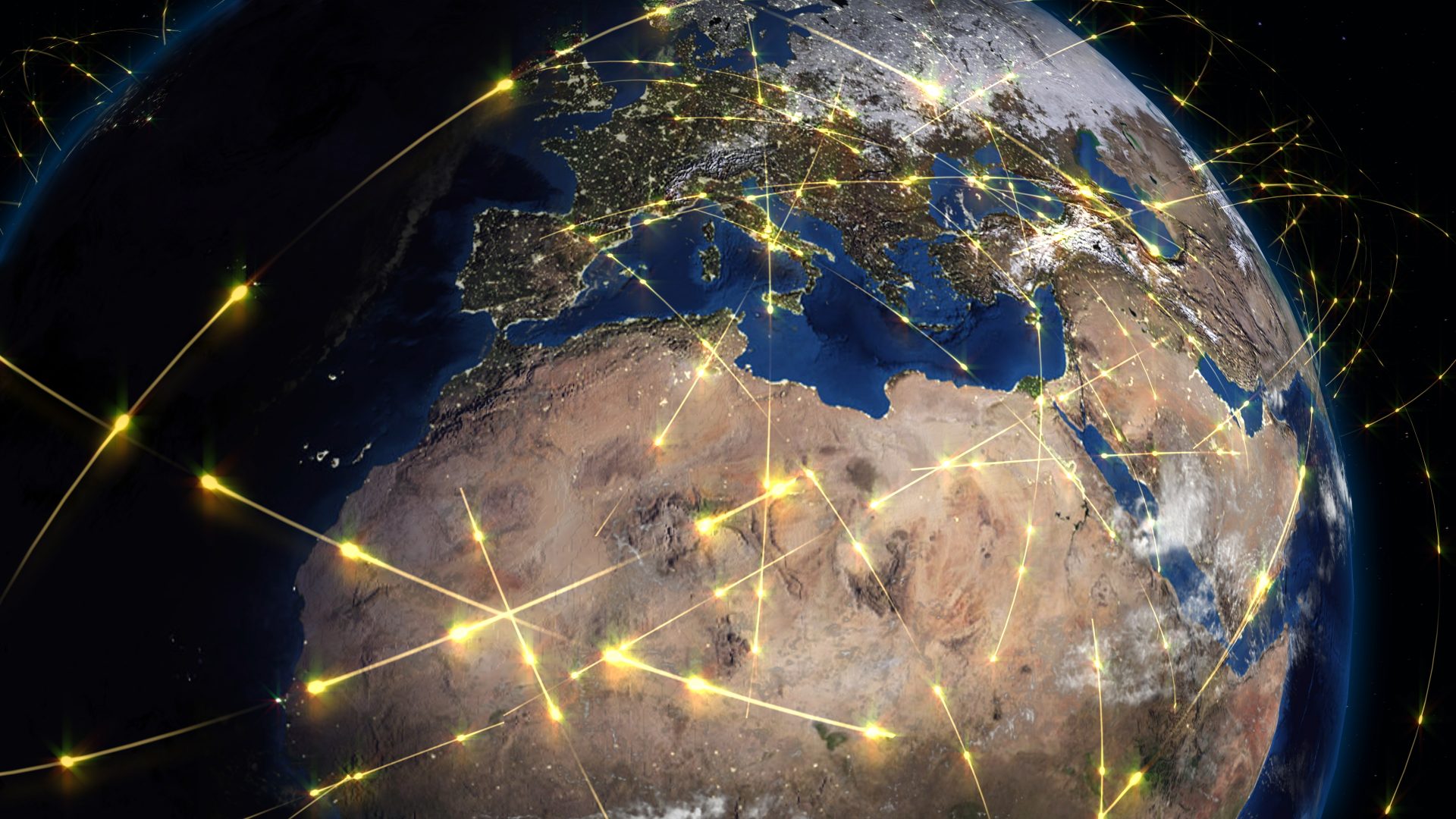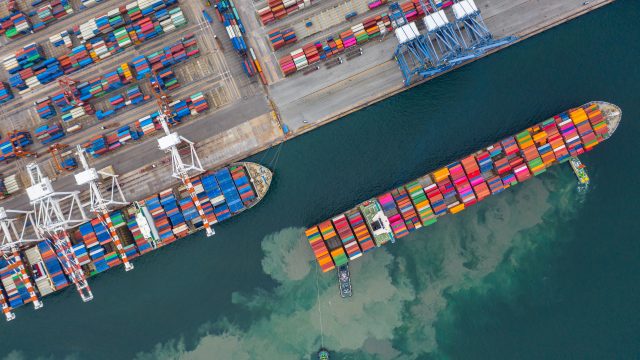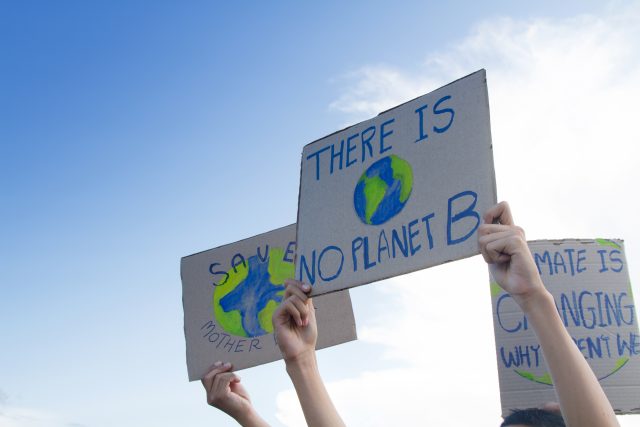
environment
The “pangolin effect”: the challenges of an interconnected world
The butterfly effect signals that a small change can lead to substantial differences.
Recently, a wild animal in the Chinese town of Wuhan, possibly a pangolin, just reminded us of how potent the effect can be. The pandemic that resulted from the transmission of a wildlife virus to a human being has already taken 350,000 lives. A wildlife animal that triggers a global recession is unheard of. The so-called “pangolin effect” -a term also used here– confirms just how interconnected economic activity, nature and health are.
the drivers of zoonoses
For two decades, scientists have warned about the risk of the current scenario. Removing wildlife animals from their natural habitat, exposing them to other species, including our own, can create perfect conditions for a global zoonotic outbreak. Zoonoses are common: 75% of human diseases throughout history stem from animals. What is less common is that since WWII, new cases have been emerging at an unprecedented rate. In 60 years, 60% of all wildlife has disappeared, while new infectious diseases have quadrupled. The destruction of ecosystems is thus heavily correlated with a sharp increase in the spread of new viruses.
Arguably, this upward trend is the result of the heightened demand for resources due to socio-economic development. While the latter contributes to our personal and societal well-being, several human activities nurture the emergence of zoonoses by increasing contacts between wildlife animals and humans. For example:
- Deforestation or the loss and degradation of natural habitats spurs the spread of animal-borne infectious diseases by exposing wildlife species to contacts with humankind. Microbes can thus move across species and make the final jump to humans.
- Wildlife trade and markets also allow microbes to break the species barrier into humans. In Asia, the volume of traded animals is incompatible with the prevailing unhygienic working conditions of the animal marketplaces. Chinese authorities have recently introduced a new regulation to mitigate the threat wildlife markets pause to human health.
- Intensive farming also facilitates the spread of animal-borne diseases. By breading a small set of species in vast numbers, the resulting lack of genetic diversity facilitates the rapid spread of pathogens. In the early 2000s, an outbreak of Q fever in the Netherlands was the result of the concentration of goat farms.
The examples above demonstrate how pressure on biodiversity is not without repercussions on human life. The problem is that our economies currently grow as if nature, social activity and health were not interconnected. Humans do not live in a silo. Their actions affect the environment and vice versa. While humanity relies heavily on healthy ecosystems, unfettered economic enterprise is fostering the spread of zoonotic diseases that are extremely expensive to mitigate.
the economic cost of pandemics
Systemic intrusion in ecosystems does not come without a price. Not only does it affect our health, but outbreaks also cost money. Since the beginning of the century, the cost of zoonotic diseases has amounted to $100 billion. If these outbreaks had become pandemics, losses would have amounted to several trillion dollars.
The current pandemic has brought our economies to a halt. In March, the UN’s trade and development estimated the coronavirus outbreak to cost at least $1 trillion and more recently, the Asian Development Bank (ADB) tabled between $5,8 and $8,8 trillion. By levelling biodiversity and facilitating the spread of zoonoses, our global economy continues to run the risk of being brought to another halt as a result of new pandemics.
the economic reliance on healthy ecosystems
Our societies need resources to develop and prosper. More specifically, our economies rely heavily on healthy ecosystems. A recent report by the World Economic Forum shows that half of the world’s GDP is moderately or highly dependent on nature. Businesses rely on genes, species, and ecosystem services as critical resources into their production.
More research shows that greater biodiversity conservation could allow significant economic benefits. In the seafood industry, profits could increase by €49 billion and by €3.9 trillion in the insurance industry. The cost-benefit ratio of preserving all remaining wildlife worldwide is roughly 1 to 100. Probably, one of the best investment opportunities ever.
a paradigm shift: the one health approach
The Coronavirus pandemic has demonstrated that prosperity cannot be achieved nor maintained without acknowledging humanity’s dependency on a sustainable relation to the environment. As they recover from the economic downturn, nations would benefit from recognising those interlinkages and adapting their course of action accordingly.
The so-called “One Health” approach is a promising start. It acknowledges that human health depends on animal and environmental health. One health brings together various perspectives to achieve better public health outcomes by providing a holistic reflection. It results from the cooperation of doctors, veterinarians, and environmental experts to find solutions to zoonotic diseases. In other words, the One Health approach is suited to our VUCA future where trends at play are more volatile, uncertain, complex and ambiguous. It provides us with the appropriate analytical grid for a sound management of our interconnected world.
Over the past decade, many international bodies (e.g. European Commission, the FAO/OIE/WHO Tripartite collaboration), as well as national authorities (e.g. Bangladesh’s One Health Secretariat), search institutes and civil society organisations, have endorsed this approach. However, research revealed that despite this broad support, practical applications of this approach have primarily been ad-hoc, resulting in delayed or incomplete measures. At European level, a first step could be to integrate it in the impact assessments that the Commission conducts before passing new legislation, thereby allowing more informed decisions. Meanwhile, applying the paradigm shift implied by this approach remains a challenge at all levels of governance for decades ahead.





